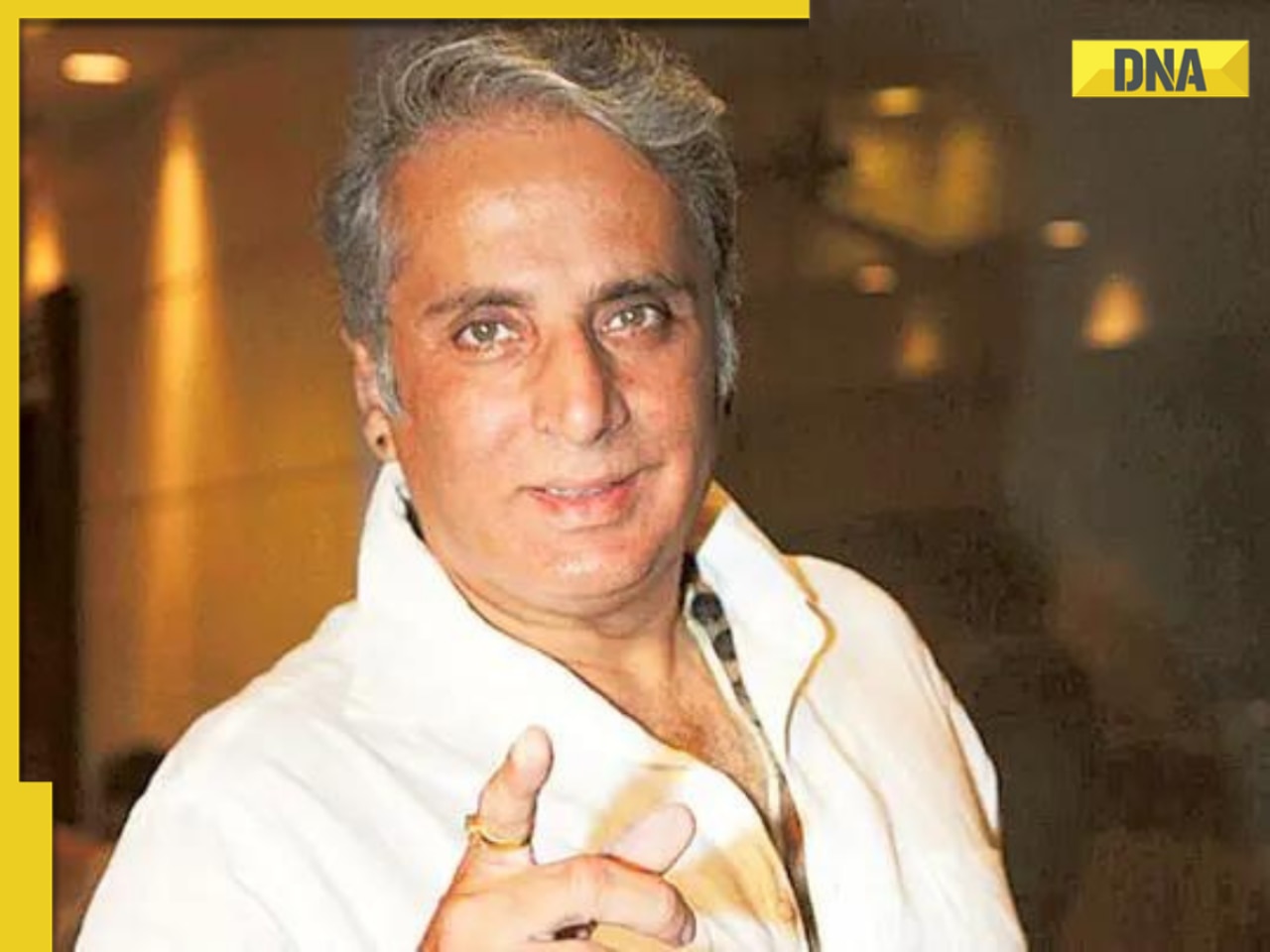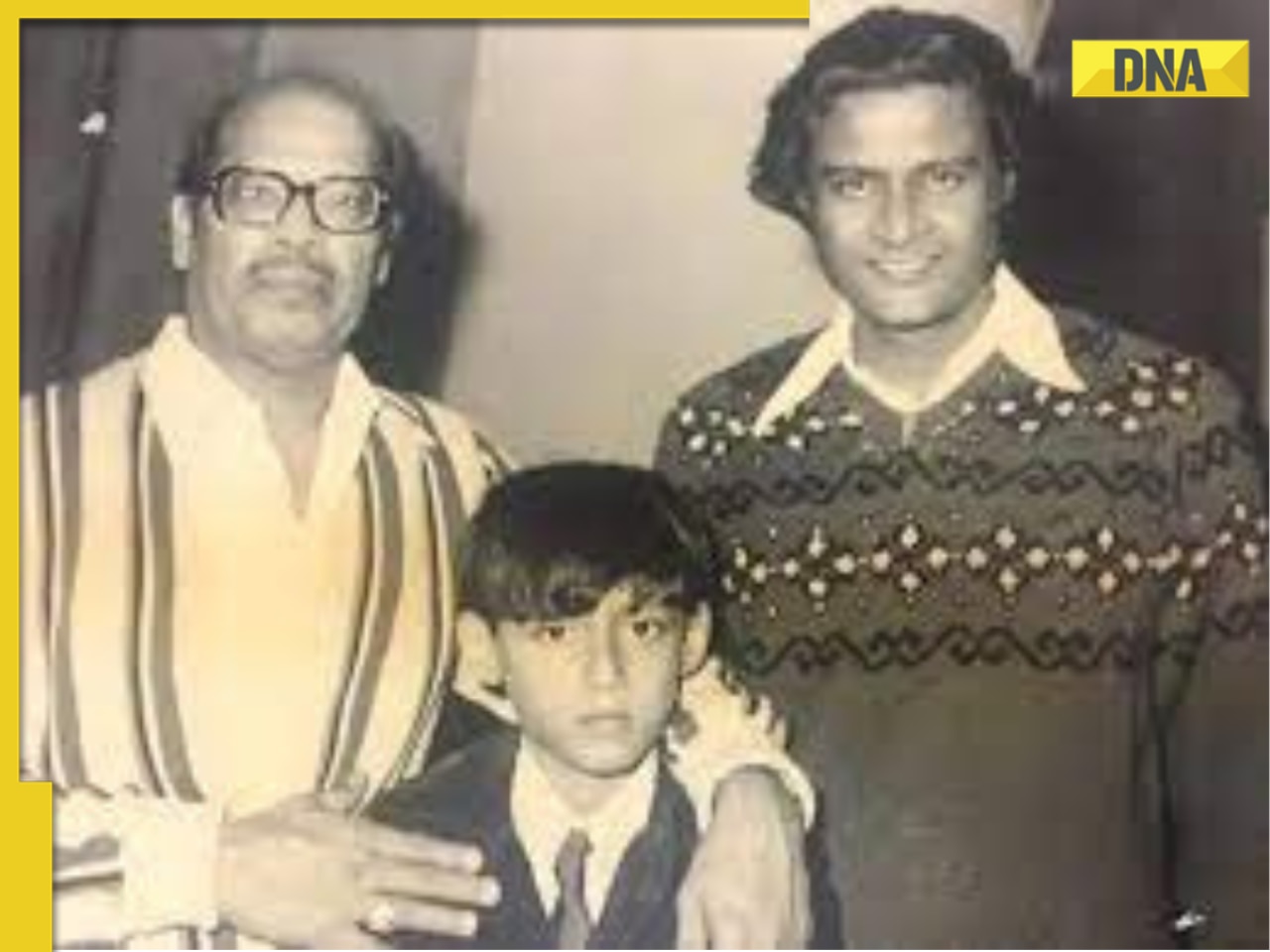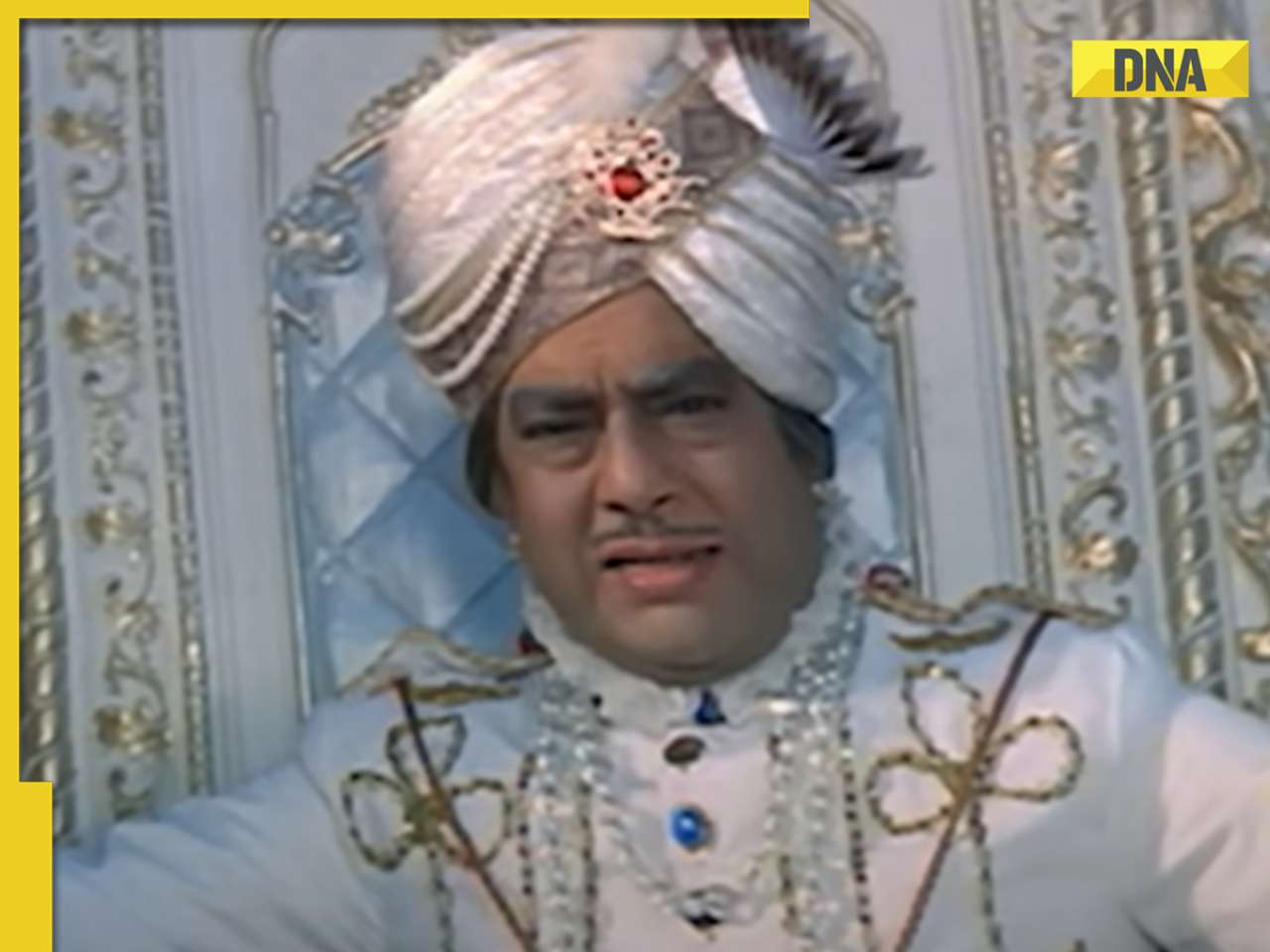As Independence Day 2023 is approaching, here is all you need to know about the Preamble of the Indian Constitution and how it is the base of Independent India.
The preamble of the Indian constitution is key to understanding the fundamental principles, values, and objectives to which the people of India aspired to achieve for which the Constitution was adopted as a means to usher the “social revolution”.
Indian Constitution is the longest written Constitutions in the world whose 73 years of journey is a remarkable story for the Indian Republic. Its preamble expresses the ideals woven around the constitutional provisions whose realization is key for making India a free and just society. The ambit and goals of the Indian Constitution may be understood through the meaning of every word of the preamble. Therefore, it is important to explore the concept and characteristics of the preamble, its evolution, and justification of its inclusion in the Indian Constitution.
What is Preamble?
As per Oxford Dictionary, “preamble” is defined as “the introductory part of a statute or deed, stating its purpose, aims, and justification”. The word preamble in English evolved from “praeambulus”, which means “going before”. The preamble in a nutshell is a statement that is often used in the beginning of the Constitution or any other legislation to express the constitutional and legislative aspirations and justifications.
Preamble of Indian Constitution
The Indian Independence movement was based on cherished ideals which later became the foundational principles of the Indian Constitution. Constituent Assembly had the advantage to learn and unlearn through the comparison of several Constitutions adopted by Nation-States across the globe till then. Therefore, the framers of the Indian Constitution in a systematic manner discovered and compared those principles and adopted some of those as per the necessity and suitability for India. Those values mirror the preamble of the Indian Constitution.
Characteristics of Preamble under Indian Constitution
“We the People”, the initial three words in Indian Constitution were borrowed from the preamble of the United States Constitution, which signifies that political sovereignty lies within the people of India. The preamble declares that the people of India have taken a solemn resolution to make India a sovereign power of its own, having a democratic and republican character, whose governance will be ushered through secular means and to achieve socialist goals. “Socialist” and “Secular” words were added in the preamble by the 42nd Amendment to Indian Constitution in 1976.
The preamble of the Indian Constitution also proclaims that for its citizens, socio-economic and political justice will be secured, and each citizen shall have liberty of thought, expression, belief, faith, and worship. The preamble signifies the aspiration for equality of status and opportunity for Indian citizens. Most importantly, the preamble prescribes maintaining the unity and integrity of India coupled with fraternal bonds among the people. The preamble also emphasizes human dignity which was constitutionalized under the Indian Constitution as one of the facets of the Right to life under Article 21, emanated through judicial interpretations.
How did Preamble emerged in Indian Constitution?
It was the Objectives Resolution moved in the Constituent Assembly on the 13th of December 1946 by Jawaharlal Nehru which became the primary source of the preamble. The Objectives Resolution was adopted on the 22nd of January, 1947 by the Assembly. After extensive debates on the wording of the preamble, the final version of the preamble was adopted by the Assembly on the 26th of November, 1949, and came into force on the 26th of January, 1950.
Why Preamble is required?
The preamble of the Indian constitution is key to understanding the fundamental principles, values, and objectives to which the people of India aspired to achieve for which the Constitution was adopted as a means to usher the “social revolution” (Granville Austin, 1976). The significance of the preamble is that it functions as a guiding light in the interpretation of the Constitution's texts if ambiguities or conflicts persist among the provisions. In In Re: Berubari Union case, the Supreme Court of India, though, accepted its importance as “a key to open the mind” of Constitution makers, but the Court did not accept it as an integral part of the Constitution like any other constitutional provision. In Kesavananda Bharati v. State of Kerala (1973), the Supreme Court of India, however, held that the preamble is a part of the Constitution which may be amended like any other constitutional provision, subject to the condition that it does not violate the “Basic Structure of Constitution”. The importance of the preamble was recognized by the Court in this case by holding the view that it may be a yardstick to bring an amendment to the Constitution. In Indira Nehru Gandhi v. Raj Narain (1975), the Supreme Court of India held that “If there is a part of our Constitution which deserves greater devotion than any other part of it, it is certainly the preamble to our Constitution”. The Court further went on to say that “Preambles of written Constitutions are intended primarily to reflect the hopes and aspirations of people. They resonate the ideal which the nation seeks to achieve”.
The preamble is, though, an integral and significant part of the Constitution, but it cannot be treated either as a source of power or limitation. It is not an operationalized constitutional provision that may be enforced in a positivist sense. Its importance lies in its meticulous use as sunlight whose presence is enough to bring clarity and precision amidst conflicting zones of constitutional interpretation.
(Article by Prof. (Dr.) Chanchal Kr. Singh, Professor of Law, HPNLU Shimla; Dr. Mritunjay Kumar, Assistant Professor; and Aastha Naresh Kohli, Research Member)
READ | Independence Day 2023: What is the history of Raisina Hill and how did the term originate?
![submenu-img]() Darshan breaks down after his mother, brother meet him in jail for the first time since his arrest in murder case
Darshan breaks down after his mother, brother meet him in jail for the first time since his arrest in murder case![submenu-img]() India lift the ICC Trophy after 11 years; wishes from Amitabh Bachchan, Rachana & Rhythm, Indra Nooyi flow in!
India lift the ICC Trophy after 11 years; wishes from Amitabh Bachchan, Rachana & Rhythm, Indra Nooyi flow in!![submenu-img]() 'He is entitled to...': US Supreme Court says Donald Trump partially immune from prosecution for...
'He is entitled to...': US Supreme Court says Donald Trump partially immune from prosecution for...![submenu-img]() Jackky Bhagnani reveals Akshay Kumar has put his fee for Bade Miyan Chote Miyan on hold until...
Jackky Bhagnani reveals Akshay Kumar has put his fee for Bade Miyan Chote Miyan on hold until...![submenu-img]() 'Auto drivers would take me to...': Industry actor Samarth Shandilya recalls initial challenges in Mumbai | Exclusive
'Auto drivers would take me to...': Industry actor Samarth Shandilya recalls initial challenges in Mumbai | Exclusive![submenu-img]() UPSC Prelims Result 2024 declared at upsc.gov.in; get direct link here
UPSC Prelims Result 2024 declared at upsc.gov.in; get direct link here![submenu-img]() Meet woman who studied six hours daily, cracked UPSC exam at 23 to become IAS officer, currently posted at...
Meet woman who studied six hours daily, cracked UPSC exam at 23 to become IAS officer, currently posted at...![submenu-img]() Meet man, hired for record-breaking package, not from IIT, IIM, his salary is...
Meet man, hired for record-breaking package, not from IIT, IIM, his salary is...![submenu-img]() Meet Kathak dancer who topped UPSC exam in 1st attempt, worked at RBI in day and studied at night, she is...
Meet Kathak dancer who topped UPSC exam in 1st attempt, worked at RBI in day and studied at night, she is...![submenu-img]() Meet woman who cleared UPSC exam at 23 in her first attempt, got AIR 94, but didn't become IAS officer due to...
Meet woman who cleared UPSC exam at 23 in her first attempt, got AIR 94, but didn't become IAS officer due to...![submenu-img]() DNA Verified: Did Kangana Ranaut party with gangster Abu Salem? Actress reveals who's with her in viral photo
DNA Verified: Did Kangana Ranaut party with gangster Abu Salem? Actress reveals who's with her in viral photo![submenu-img]() DNA Verified: New Delhi Railway Station to be closed for 4 years? Know the truth here
DNA Verified: New Delhi Railway Station to be closed for 4 years? Know the truth here![submenu-img]() DNA Verified: Did RSS chief Mohan Bhagwat praise Congress during Lok Sabha Elections 2024? Know the truth here
DNA Verified: Did RSS chief Mohan Bhagwat praise Congress during Lok Sabha Elections 2024? Know the truth here![submenu-img]() DNA Verified: Is CAA an anti-Muslim law? Centre terms news report as 'misleading'
DNA Verified: Is CAA an anti-Muslim law? Centre terms news report as 'misleading'![submenu-img]() DNA Verified: Lok Sabha Elections 2024 to be held on April 19? Know truth behind viral message
DNA Verified: Lok Sabha Elections 2024 to be held on April 19? Know truth behind viral message![submenu-img]() In pics: India beat South Africa by 7 runs to lift second T20 World Cup title
In pics: India beat South Africa by 7 runs to lift second T20 World Cup title![submenu-img]() Alia Bhatt mesmerises in gown, Ranbir Kapoor looks classy in tuxedo in latest romantic photos, fans say 'couple goals'
Alia Bhatt mesmerises in gown, Ranbir Kapoor looks classy in tuxedo in latest romantic photos, fans say 'couple goals'![submenu-img]() Newlyweds Sonakshi Sinha-Zaheer Iqbal pose candidly with paps; Anil Kapoor, Kajol, Huma Qureshi attend wedding reception
Newlyweds Sonakshi Sinha-Zaheer Iqbal pose candidly with paps; Anil Kapoor, Kajol, Huma Qureshi attend wedding reception![submenu-img]() Meet Lovekesh Kataria: Elvish Yadav's close friend, Bigg Boss OTT 3 contestant who lied to father, spent his fees on...
Meet Lovekesh Kataria: Elvish Yadav's close friend, Bigg Boss OTT 3 contestant who lied to father, spent his fees on...![submenu-img]() From Highway to Chandu Champion: 5 underrated gems from Sajid Nadiadwala
From Highway to Chandu Champion: 5 underrated gems from Sajid Nadiadwala![submenu-img]() Lok Sabha Speaker's Election: What does the Constitution say?
Lok Sabha Speaker's Election: What does the Constitution say?![submenu-img]() Explained: Why is Kerala demanding to change its name to Keralam?
Explained: Why is Kerala demanding to change its name to Keralam?![submenu-img]() DNA Explainer: What is Kafala system that is prevalent in gulf countries? Why is it considered extremely brutal?
DNA Explainer: What is Kafala system that is prevalent in gulf countries? Why is it considered extremely brutal? ![submenu-img]() Lok Sabha Elections 2024: What are exit polls? When and how are they conducted?
Lok Sabha Elections 2024: What are exit polls? When and how are they conducted?![submenu-img]() DNA Explainer: Why was Iranian president Ebrahim Raisi seen as possible successor to Ayatollah Khamenei?
DNA Explainer: Why was Iranian president Ebrahim Raisi seen as possible successor to Ayatollah Khamenei?![submenu-img]() Darshan breaks down after his mother, brother meet him in jail for the first time since his arrest in murder case
Darshan breaks down after his mother, brother meet him in jail for the first time since his arrest in murder case![submenu-img]() Jackky Bhagnani reveals Akshay Kumar has put his fee for Bade Miyan Chote Miyan on hold until...
Jackky Bhagnani reveals Akshay Kumar has put his fee for Bade Miyan Chote Miyan on hold until...![submenu-img]() 'Auto drivers would take me to...': Industry actor Samarth Shandilya recalls initial challenges in Mumbai | Exclusive
'Auto drivers would take me to...': Industry actor Samarth Shandilya recalls initial challenges in Mumbai | Exclusive![submenu-img]() The Buckingham Murders: Kareena Kapoor is held forcibly by cops in first look poster, fans say 'National Award loading'
The Buckingham Murders: Kareena Kapoor is held forcibly by cops in first look poster, fans say 'National Award loading'![submenu-img]() Dharmendra bought this film's script for Rs 17500, his sister forced him to not work in it, movie changed life of...
Dharmendra bought this film's script for Rs 17500, his sister forced him to not work in it, movie changed life of...![submenu-img]() Watch viral video: AI chatbot caught lying, tells users that it is...
Watch viral video: AI chatbot caught lying, tells users that it is...![submenu-img]() Virat Kohli fails to make it in ICC ‘Team of the Tournament', six Indians in the list including…
Virat Kohli fails to make it in ICC ‘Team of the Tournament', six Indians in the list including…![submenu-img]() Meet woman who lives in India's largest house, larger than Mukesh Ambani, Nita Ambani's Rs 15000 cr Antilia, she is...
Meet woman who lives in India's largest house, larger than Mukesh Ambani, Nita Ambani's Rs 15000 cr Antilia, she is...![submenu-img]() North Korea publicly executes 22-year-old man for listening to...
North Korea publicly executes 22-year-old man for listening to...![submenu-img]() Viral video: Little girl’s adorable dance to ‘Soulmate’ wins internet, watch
Viral video: Little girl’s adorable dance to ‘Soulmate’ wins internet, watch






































)














)
)
)
)
)
)